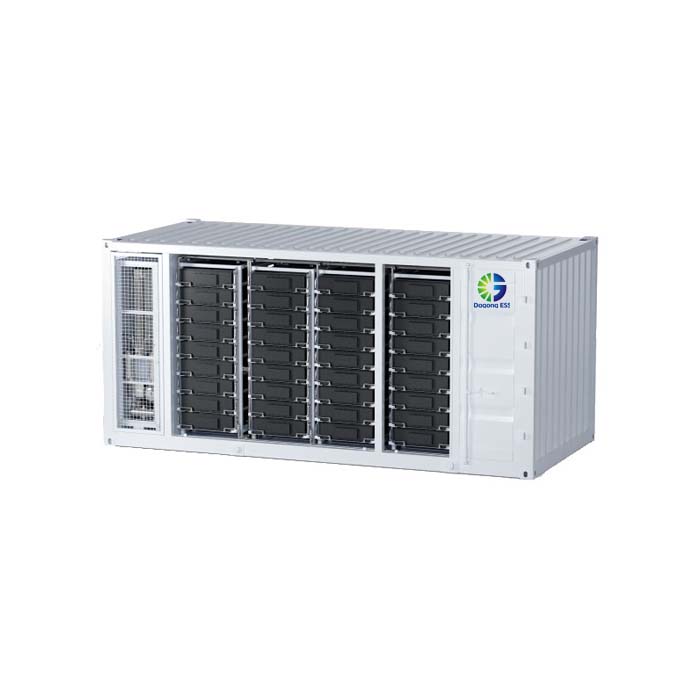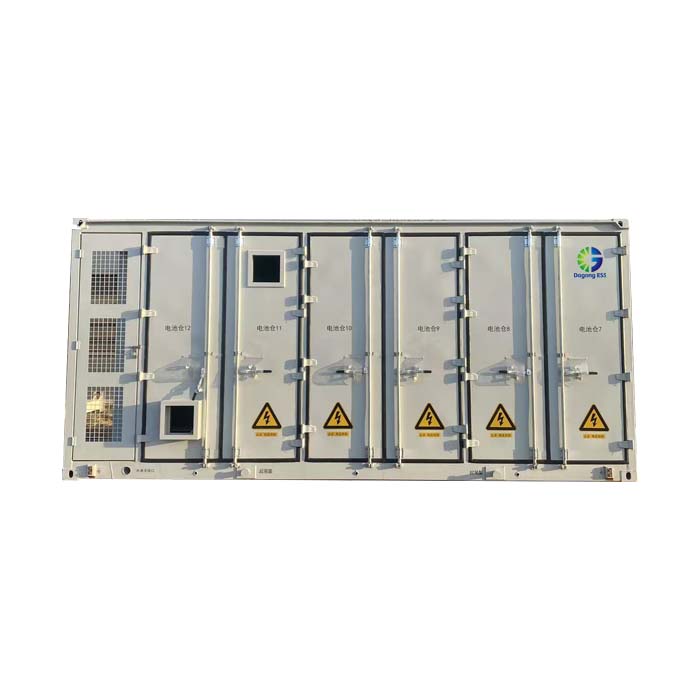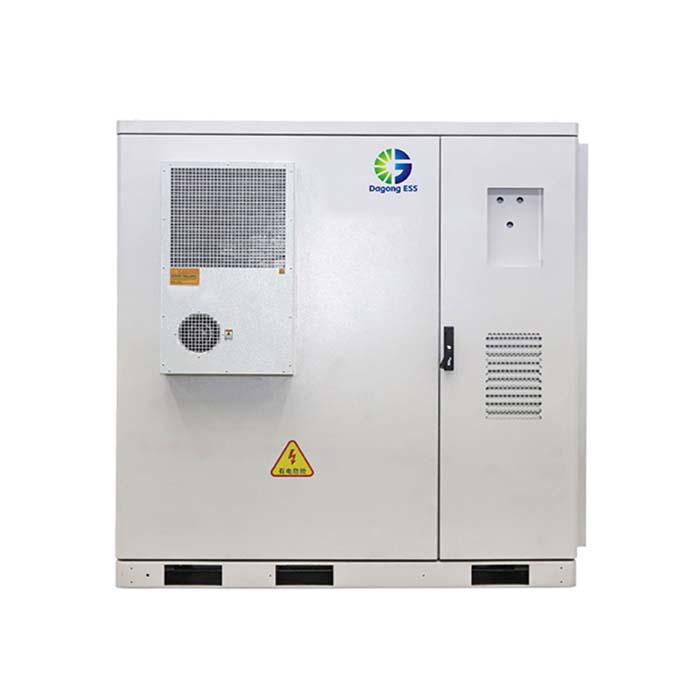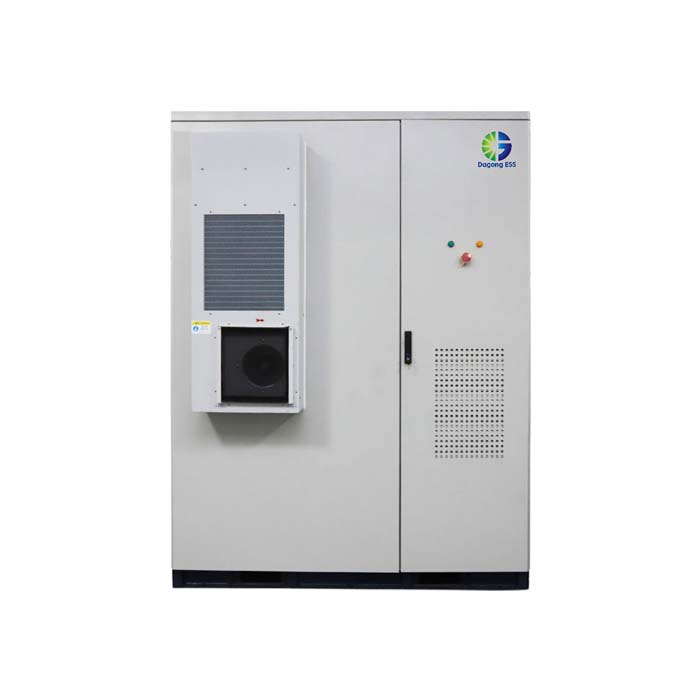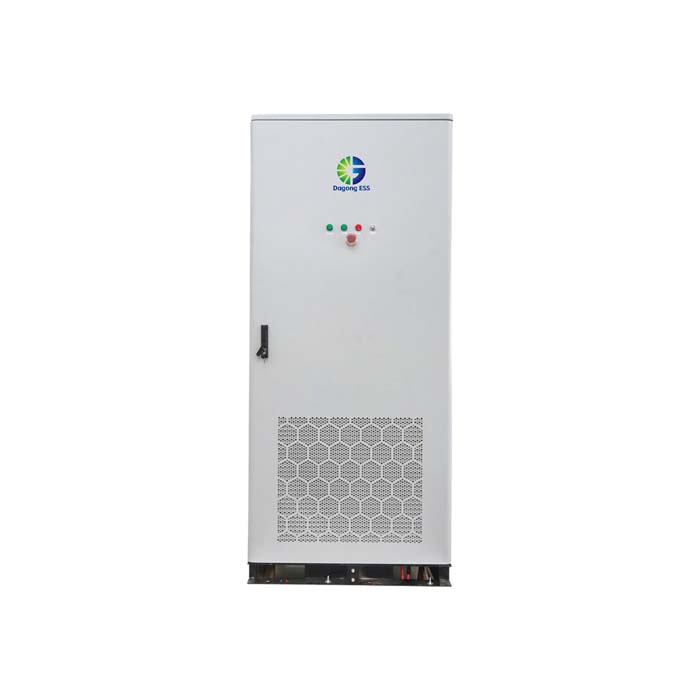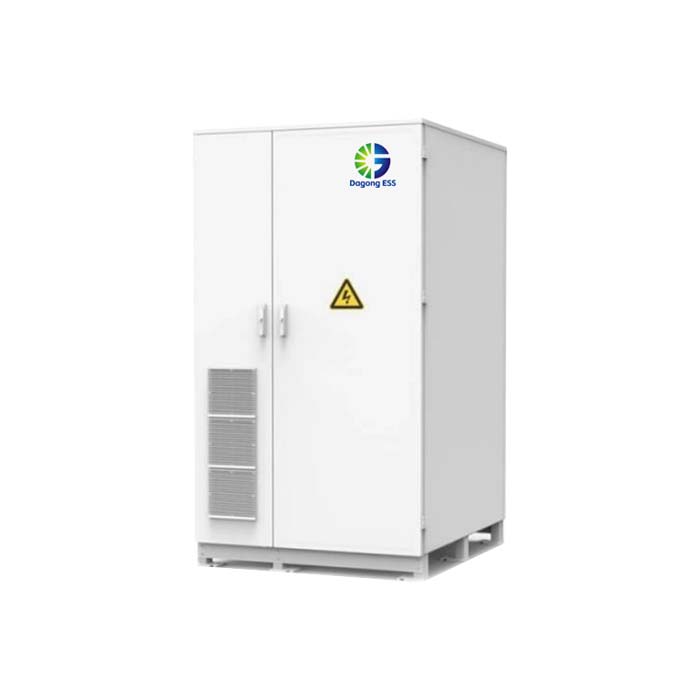EMS in Modern Energy Storage: Maximizing Efficiency and ROI
What is an EMS?
An Energy Management System (EMS) is an intelligent software and hardware solution that monitors, controls, and optimizes energy storage and consumption. In modern ESS, EMS ensures efficient energy usage, peak shaving, and load management, enabling users to maximize ROI.
Key functions of an EMS include:
Real-time monitoring of energy flow between batteries, loads, and grid
Optimizing charging and discharging schedules
Coordinating with BMS and PCS for safe and efficient operation
Reporting system performance, faults, and historical data
Supporting demand response and renewable integration
By intelligently managing energy, EMS enhances system efficiency, extends battery life, and reduces operational costs. Dagong ESS LFP systems integrate advanced EMS for both small-scale residential and large-scale industrial applications.
Types of EMS in Energy Storage Systems
Residential EMS
Optimizes energy from solar panels and grid electricity
Reduces energy costs through smart scheduling
Examples: Dagong ESS 5–30kWh residential systems
Commercial EMS
Supports peak shaving, load shifting, and energy cost reduction
Integrates with building management systems for comprehensive control
Examples: Dagong ESS 100–241kWh commercial air-cooled cabinets
Industrial and Utility EMS
Manages high-capacity ESS for factories, data centers, and microgrids
Coordinates multiple PCS and BMS units for optimal performance
Examples: Dagong ESS 215–372kWh liquid-cooled and 3.35–5MWh containerized systems
Features of a High-Performance EMS
Intelligent Energy Scheduling: Automates charge/discharge cycles for cost savings
Integration with BMS and PCS: Ensures safe operation and optimal efficiency
Real-Time Monitoring and Alerts: Detects faults and optimizes performance
Data Analytics: Provides insights for predictive maintenance and ROI calculation
Demand Response: Adjusts energy usage based on grid signals
Scalability: Manages multi-MWh ESS and can expand with system growth
Dagong ESS EMS provides smart control, efficiency optimization, and safe operation for all ESS scales.
Applications of EMS in ESS
Residential: Smart scheduling for solar self-consumption, backup power, and energy cost reduction
Commercial: Energy optimization for offices, shopping centers, and commercial buildings
Industrial: High-capacity systems for factories, warehouses, and critical infrastructure
Utility-Scale: Multi-MWh containerized ESS for renewable energy integration and grid stabilization
For example, Dagong ESS 5kWh stackable units allow homeowners to monitor and optimize solar energy usage, while 3.35MWh containerized systems provide intelligent energy management for industrial plants and renewable energy farms.
Price of EMS-Equipped ESS
The cost of an EMS-equipped ESS depends on:
System capacity and energy throughput
Integration complexity with BMS and PCS
Software licensing, communication modules, and installation
Auxiliary equipment and monitoring services
Pricing is usually quoted under EXW, FOB, or CIF terms depending on location and logistics. For a tailored quotation based on your system size, EMS requirements, and application, contact the supplier directly.
How to Select EMS for Your ESS
Determine System Scale – Residential, commercial, or industrial
Check Integration Capabilities – Must coordinate with BMS and PCS
Evaluate Control Functions – Scheduling, demand response, and optimization
Data Access and Reporting – Real-time monitoring and analytics
Scalability – Should support system expansion or multi-site management
Reliability and Safety – Ensures secure operation even under high load
How Long Does EMS Last?
A high-quality EMS can operate 10–15 years, aligning with the battery's life cycle. Regular software updates and monitoring ensure consistent performance, energy efficiency, and ROI throughout the ESS lifespan.
The Supplier of EMS-Equipped ESS
Dagong ESS provides integrated LFP energy storage systems with advanced EMS for all scales:
Residential: 5–30kWh stackable and wall-mounted units
Commercial: 100–241kWh air-cooled cabinets
Industrial: 215–372kWh liquid-cooled and 3.35–5MWh containerized systems
Dagong ESS EMS-equipped systems deliver intelligent control, enhanced efficiency, and safe operation for global energy storage projects.
If you are interested in Dagong ESS EMS-equipped energy storage solutions, please contact:Email: sales@dagongess.com
Website: www.dagongess.com


